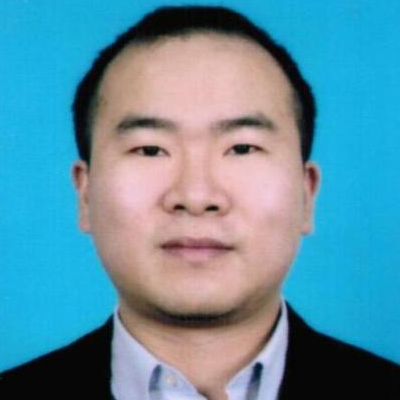Multifunctional Nanocellulose Structures for Environmental and Energy Research
A special issue of Nanomaterials (ISSN 2079-4991). This special issue belongs to the section "Environmental Nanoscience and Nanotechnology".
Deadline for manuscript submissions: closed (31 October 2022) | Viewed by 2140
Special Issue Editor
Interests: nanofibers; UHMWPE fibers; electrospinning; gel spinning; 3D printing; polymer composites; water treatment; biomaterials; energy storage materials
Special Issues, Collections and Topics in MDPI journals
Special Issue Information
Dear Colleagues,
Cellulose is the most abundant natural polymer available worldwide. Owing to its renewable, biodegradable, and inexhaustible attributes, cellulose has been expected to become a key source of sustainable materials on an industrial scale. In the past decade, nanocellulose has attracted great research interest. Compared with ordinary cellulose mostly in the micron size, nanocellulose exhibits many other unique characteristics, such as large specific surface area, high aspect ratio, excellent mechanical properties, superior hydrophilicity, and ease of chemical modification, which provide it with great potential for use as the precursor to produce multifunctional materials, particularly for environmental and energy applications. Using diverse chemical reactions to modify the surface properties of nanocellulose coupled with different processing technologies to fine tune the microstructures, various high-performance energy and environmental materials have been successfully demonstrated, including 1D fibers, 2D membranes, and 3D aerogels. This Special Issue is dedicated to promote outstanding researches concerning all aspects of multifunctional nanocellulose in environmental and energy research, focusing on the state-of-the-art in progress, developments, and new trends. Perspectives, review articles, full paper, short communication, and technical papers on this topic are all welcome.
Dr. Wei Zhang
Guest Editor
Manuscript Submission Information
Manuscripts should be submitted online at www.mdpi.com by registering and logging in to this website. Once you are registered, click here to go to the submission form. Manuscripts can be submitted until the deadline. All submissions that pass pre-check are peer-reviewed. Accepted papers will be published continuously in the journal (as soon as accepted) and will be listed together on the special issue website. Research articles, review articles as well as short communications are invited. For planned papers, a title and short abstract (about 100 words) can be sent to the Editorial Office for announcement on this website.
Submitted manuscripts should not have been published previously, nor be under consideration for publication elsewhere (except conference proceedings papers). All manuscripts are thoroughly refereed through a single-blind peer-review process. A guide for authors and other relevant information for submission of manuscripts is available on the Instructions for Authors page. Nanomaterials is an international peer-reviewed open access semimonthly journal published by MDPI.
Please visit the Instructions for Authors page before submitting a manuscript. The Article Processing Charge (APC) for publication in this open access journal is 2900 CHF (Swiss Francs). Submitted papers should be well formatted and use good English. Authors may use MDPI's English editing service prior to publication or during author revisions.
Keywords
- nanocellulose
- water treatment
- energy storage material
- electrospinning
- aerogel
- heavy metal/dye/eutrophic ion removal
- oil/water separation
- supercapacitor
- battery
- triboelectric nanogenerator






